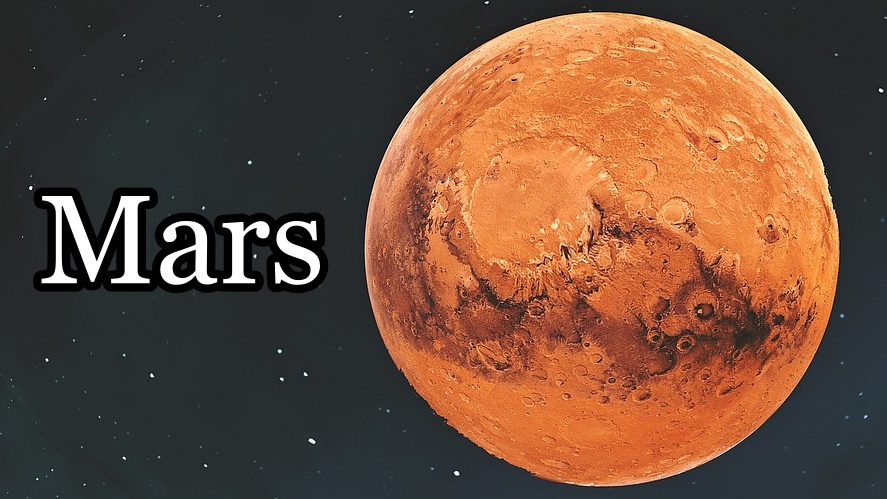SpaceX has been revolutionizing space exploration for years, making history with groundbreaking achievements like the Starship rocket launches, the Starlink satellite network, and even crewed missions to the International Space Station (ISS).
As 2025 approaches, we are on the verge of even more extraordinary feats. Elon Musk and his team have big plans, from Starship upgrades to orbital refueling, and the possibilities seem endless. Here’s what you can expect in 2025 from SpaceX, as they continue to push the boundaries of space travel.
The Starship Revolution: What to Expect in 2025
SpaceX’s Starship is more than just a rocket—it’s the future of space travel. Still in development, Starship has already impressed us with its incredible feats in 2023 and 2024, including dramatic test flights and successful landings. However, 2025 will bring the rocket’s most exciting developments yet.

Starship’s Orbital Return and Tower Catch
In 2024, we saw Starship launch and return successfully in a series of breathtaking maneuvers, including a controlled water landing in the Indian Ocean. But 2025 is set to raise the bar with Starship’s first orbital return. In this mission, Starship will complete a full orbit of Earth, requiring it to pass through the atmosphere and generate intense heat from plasma re-entry.
Expect Starship to pass over Mexico and land back at Starbase Texas, where it will be captured by the Mechazilla tower—a feat of engineering that could mark a significant milestone in reusable space travel.
Starship Block 2: Bigger and Better Than Ever
SpaceX will also be unveiling the Starship Block 2 (V2) in 2025. This version will feature a longer design, allowing it to carry heavier payloads to greater altitudes. With this upgrade, Starship will be able to carry actual payloads to space, likely including the next generation of Starlink satellites, marking a new era for SpaceX’s space capabilities.
Raptor V3 Engines: Powering Space Travel in 2025
One of the key innovations SpaceX will roll out in 2025 is the Raptor V3 engine. While it doesn’t represent a radical overhaul in terms of performance, it does promise a more streamlined design. The V3 engines will feature integrated plumbing and wiring, reducing the number of failure points and making the engines more reliable.
This design overhaul is important because previous versions of the Raptor engine faced issues with mid-flight failures, mainly due to exposed plumbing and wiring. The new Raptor V3 should significantly reduce these risks, improving overall rocket performance.
Orbital Refueling: A Game-Changer for Long-Distance Space Travel
Perhaps one of the most ambitious goals for SpaceX in 2025 is orbital refueling. As Starship is designed to carry enormous payloads and reach moon and Mars, it can only achieve low Earth orbit (LEO) on a single tank of fuel. To go beyond Earth, such as to the Moon or Mars, SpaceX will need to demonstrate the ability to dock two Starships in orbit for cryogenic refueling.
This is a monumental task. SpaceX will need to master the delicate process of docking two massive Starships traveling at speeds exceeding 20,000 km/h while transferring cryogenically cooled liquid methane and oxygen. Successful refueling will be critical for future missions, including NASA’s Artemis program.

Starship Launch Site Expansion: More Rockets, More Missions
SpaceX’s Starbase Texas will see significant developments in 2025 with the construction of a second launch tower. The new tower will allow SpaceX to launch multiple Starships in a single day, a critical advancement to keep up with increasing demand for space missions.
Additionally, the second tower will be essential for upgrading Starship to Block 2 configuration. This includes modifications to the Super Heavy booster—making it taller, more powerful, and more efficient for future missions. The first orbital flights of the new Starship design could take place as early as 2025, bringing SpaceX closer to its goal of creating a fully reusable rocket.
SpaceX Missions in 2025: What’s on the Horizon?
Aside from Starship, 2025 will be a busy year for SpaceX’s other rockets, including the Falcon 9 and Falcon Heavy. Some key launches to look out for include:
Lunar and Deep Space Missions
SpaceX has been selected by NASA to provide transportation for lunar missions under the Artemis program. Starship will play a crucial role, but the Falcon 9 will also be instrumental in sending payloads like the Flex Rover and lunar landers to the Moon. Additionally, Astrolab’s Flex Rover and Intuitive Machines’ Nova Sea Lander will be launched in 2025 to support moon exploration.
Private Flights and Space Stations
2025 will see a major shift in civilian space travel, with missions like Fram 2, a private flight planned by Chinese crypto entrepreneur Chun Wang. This mission will send a civilian crew into a polar orbit, the first mission of its kind.
Meanwhile, Haven 1, a new space station by Fast, will be launched on a Falcon 9 in August 2025, with the Crew Dragon vehicle scheduled to bring humans aboard in September 2025.
Falcon Heavy Missions
In addition to the many Starship missions, Falcon Heavy will continue to serve the Space Force and commercial space sector. Notably, the Griffin Lander will be sent to the moon in November 2025, though some payloads, such as the Viper rover, have been delayed.
The Future of SpaceX: Looking Beyond 2025
The 2025 SpaceX update shows us that SpaceX is not slowing down anytime soon. The integration of Starship Block 2, the launch of the Raptor V3 engines, and orbital refueling will redefine what’s possible in space exploration. With two Starship launch towers, more payloads, and regular missions, SpaceX will continue to lead the charge into the next era of space travel.
Whether it’s sending humans to the Moon or launching satellites to revolutionize global internet, SpaceX is pushing the envelope further than anyone imagined just a few years ago. As 2025 unfolds, expect SpaceX to break more records and change the course of history forever.


1 thought on “The 2025 SpaceX Update: What’s Coming Next in Space”